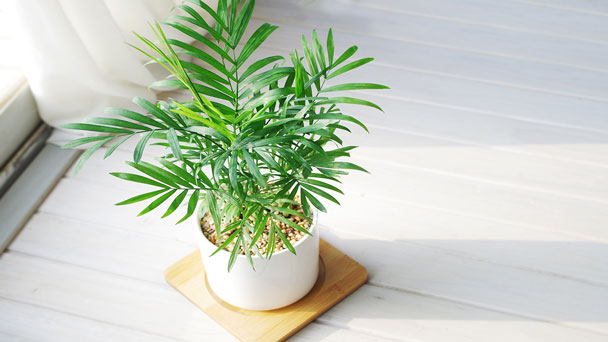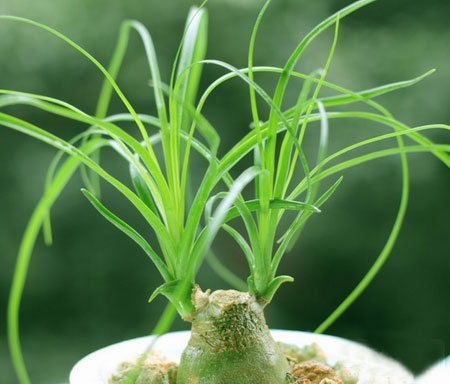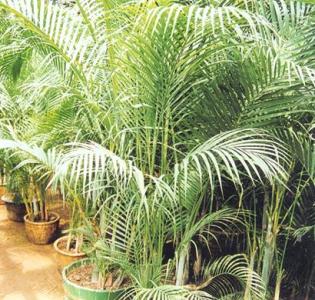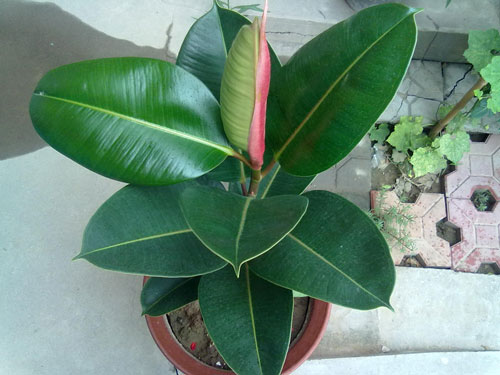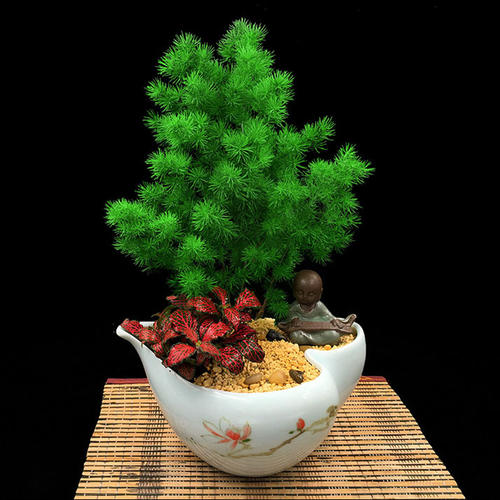20 Best Indoor Trees With Care Guide & Pictures
Written by Lisa
Dec 25 2021
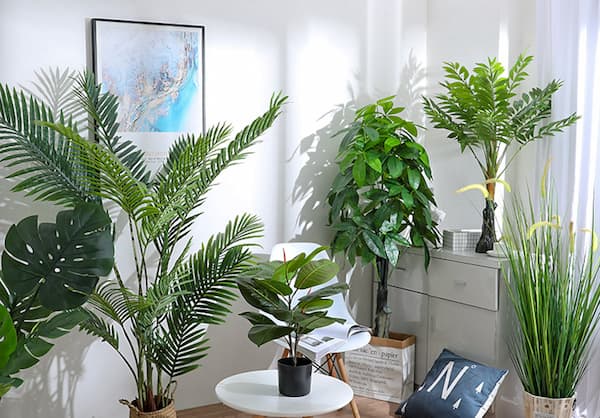
When it comes to indoor trees, the foliage and thick leaves are always the first concerning factors, which not only decorate the indoor environment but also purify the air. Meanwhile, caring for indoor trees can release people and is beneficial to physical and psychological health. If you are looking for an indoor tree, then read on the best indoor trees list with a care guide and get inspired (shown Encyclopedia A-Z), including Areca Plam, Banana Tree, Dragon Tree, Jade, Parlor Tree, Rubber Tree, Money Tree, etc.
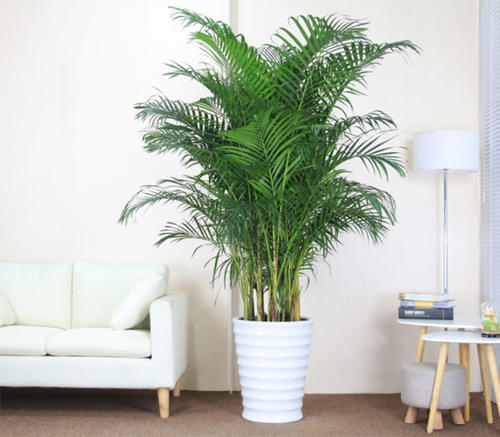
1. Areca Palm (Dypsis Lutescens)2. Banana Tree (Musa spp.)3. Bay Laurel (Laurus nobilis)4. Bird of Paradise Plant 5. Sacred Fig (Ficus religiosa)6. Burmese Fishtail Palm (Caryota mitis)7. Chinese Fan Palm (Trachycarpus fortunei)8. Corn Plant (Dracaena fragrans)9. Dragon Tree (Dracaena marginata)10. Fiddle Leaf Fig (Ficus lyrata)11. Jade Plant (Crassula ovata)12. Kumquat (Citrus japonica)13. Lady Palm (Rhapis excelsa)14. Lucky Bamboo (Dracaena sanderiana)15. Money Tree (Pachira aquatica)16. Parlor Palm (Chamaedora elegans)17. Ponytail Palm (Beaucarnea recurvata)18. Pygmy Date Palm (Phoenix roebelenii)19. Rubber Tree (Ficus elastica)20. Ming Fern
1. Areca Palm (Dypsis Lutescens)
Areca palm is a tropical plant that likes a warm, moist and semi-shady environment. Areca palm cold resistance is not strong, the temperature below 20℃ leaves yellow, the minimum temperature over the winter should be above 10℃, 5℃ or so will freeze to death. Therefore, it is still possible to cultivate in the open field in South China, and the Yangtze River valley and its north areas should be conserved in greenhouses. Growth is slow at the seedling stage and rapid afterward, which makes it a suitable indoor tree. Areca palm is suitable for loose, well drained, fertile soil. Areca palm has dense branches and leaves, evergreen, strong shade tolerance.Best Indoor Tree - Areca Palm Care Guide

2. Banana Tree (Musa spp.)
Banana Tree (plantain tree) produce large, elegant leaves and an occasional bunch of fruit that certainly lends gravitas to any garden or greenhouse. Although Banana trees are delicate plants, some species are hardy and can leave the outdoors in winter, especially in the milder parts of the UK, so it's worth experimenting in the garden.3. Bay Laurel (Laurus nobilis)
Bay laurel is light-loving, slightly shade tolerant. Bay laurel likes warm and humid climates, but also short-term low temperature (-8℃). Deep, fertile, well-drained loam or sandy loam is preferred. Bay laurel is not tolerant of salt and alkali. Sweet bay is afraid of waterlogging. Bay laurel is evergreen throughout the year, with beautiful trees and strong fragrance. It is suitable for planting in front of courtyards and buildings, and its foliage is especially beautiful. The front yard of the house is used as a green wall to separate the space and conceal the space4. Bird of Paradise Plant
Bird of Paradise Plant, also called strelitzia reginae, is a perennial herb of the Canna family, without stem. Bird of Paradise plant is evergreen, plant chic, with a clear, elegant sense. The Flowering period of Bird of Paradise can reach about 100 days, each flower can open for 13-15 days, 1 flower, another flower in succession and open. Cut the vase can be up to 15-20 days, flower arrangement multi-purpose natural flower arrangement, the 2 Bird of Paradise high and low match, in the other flowers with leaves, close to each other, like a pair of lovers in love in each other's heart, is the best for indoor viewing.5. Sacred Fig (Ficus religiosa)
Sacred fig is a large tree that, when young, attaches to other trees. It is 15-25 meters high and has a DBH of 30-50 centimeters. sacred fig is an evergreen tree and a large tree, light-loving, shade-resistant, high-temperature, strong anti - pollution ability. The soil requirements are not strict, but with fertile, loose slightly acidic sandy loam better. Buddhism has always regarded Sacred fig as a tree, and it is widely planted in jungle temples in India, Sri Lanka and Myanmar, while India has designated it as the national tree. Sacred fig is thick and majestic, with canopy pavilions such as covers, which can be used as street trees; Potted seedling period is very ornamental value, often used to adorn the sitting room.6. Burmese Fishtail Palm (Caryota mitis)
Fishtail Palm (Caryota urens), also called Jaggery Palm, Toddy Palm, Fishtail Wine Palm, is an evergreen tree in the Palm family. Fishtail Palm natural resources are scarce, for the national rare large palm plants belong to the secondary protection plants. Its single straight, beautiful tree shape, four seasons evergreen, is the tropical, south subtropical excellent ornamental tree species. Fishtail Palm is fond of sunshine, high temperature and humid environment, tolerant to cold, and suitable temperature for growth is 20 ~ 28℃. To seed reproduction, soil requirements lose fertile, good drainage environments. Flowers about once in 20 years, the whole plant dies after flowering and fruiting .The life span is about 40 ~ 60 years.7. Chinese Fan Palm (Trachycarpus fortunei)
Chinese fan palm (Latin name: Livistona chinensis (Jacq.) R. Br.), also called fountain palm, is a perennial evergreen tree of the genus chinese fan palm in the palm family. It can reach 20 meters in height and is often enlarged at the base, with broad leaves and fan-shaped kidneys and oval olive fruits. Chinese fan palm is not only a kind of Garden ornamental plant and a good afforestation tree, but also an economic forest tree. Chinese fan palms can be prepared with its tender leaves; Old leaves make coir raincoat, leaf lobe rib veins can make toothpicks; The fruit and root are used as medicine.8. Corn Plant (Dracaena fragrans)
Corn plant, scientific name Dracaena fragrans, the trunk is stout, blade shape, green oily light, full of vitality. Today, the Corn plant is known as the "new star of foliage plants" and has become a very popular indoor foliage plant in the world. Potted Corn plants (Dracaena fragrans) are usually planted in pots of 12 to 20 centimeters, and those with three stems in pots of 25 centimeters. Fertilizer 1 time every half a month during the growing period, or use "friends" 20-8-20 seasons with high potassium nitrate fertilizer. When the indoor temperature is below 13℃ in winter, fertilization is stopped. If too much nitrogen fertilizer was applied, the golden yellow markings of leaves were not obvious, which would affect the ornamental effect.9. Dragon Tree (Dracaena marginata)
Dracaena marginata, widely known as Dragon tree, the main stem is tall and straight, the posture is old, the leaf cluster that spreads is loose, the shape is like an umbrella. The leaves are gorgeous and extremely beautiful. They are the most common indoor foliage plants. Dragon tree belongs to half shade plant. It can not bear the northern area hot sun exposure, complete shade will easily lead to yellow leaves. Dragon trees are not cold resistant. Acid soils rich in humus and well drained are required. Avoid alkaline soil. Plant in alkaline soil leaves easy yellow, new leaves pale, not drought.10. Fiddle Leaf Fig (Ficus lyrata)
Fiddle Leaf fig is also known as the rubber leaf tree because the leaf apex inflated and fiddle-shaped, named for the mulberry ficus evergreen tree. The Fiddle Leaf fig has high ornamental value and is an ideal leaf plant for viewing in the hall. The height of Fiddle- Leaf fig is up to 12 meters. The stem is erect, rarely branching, and the leaves are densely grown. The leaves are thick leathery, dark green, shiny, with sunken veins and short internodes.11. Jade Plant (Crassula ovata)
Crassula ovata, commonly known as jade plant, lucky plant, money plant or money tree, is a succulent plant with small pink or white flowers that is native to the KwaZulu-Natal and Eastern Cape provinces of South Africa, and Mozambique; it is common as a houseplant worldwide.12. Kumquat (Citrus japonica)
Kumquat is a tiny citrus that tastes like an orange but is rectangular in shape and about the size of a cocktail olive. Cumquats are known for their very tart citrus flavour and are most commonly used in jams, marmalades and preserves. Many people also enjoy eating cumquats whole, including the fragrant skin, which can be sweeter than the flesh itself. There are several different varieties of cumquats, also called kumquats, including oval fruited ‘Nagami’ and round ‘Marumi’. There's also a cumquat with both variegated leaves and fruit. Cumquats can also be very decorative trees, with their white fragrant flowers and brightly coloured fruit covering the trees from winter to early spring. Cumquats are often grown purely as indoor ornamental trees, however marmalade makers will appreciate a basket of fruit.13. Lady Palm (Rhapis excelsa)
Bamboo palm, scientific name of Rhapis excelsa, also called lady palm, belongs to the palm family, Bamboo evergreen shrub. Bamboo palm likes a warm, damp and well ventilated environment. The suitable temperature for growth is 20-30°C, and the sand pit soil with good drainage and rich humus is preferred. Bamboo palm is slightly cold resistant, and can be about 0℃ low temperature. Bamboo palm planting ornament garden scenery or rockery beside the stone, will make the environment appear particularly quiet and lovely, and have a good decorative effect.14. Lucky Bamboo (Dracaena sanderiana)
Lucky bamboo (Dracaena sanderiana) is a commonly cultivated houseplant that can be grown hydroponically or in soil. While its stalks resemble those of a true bamboo plant, the lucky bamboo plant is actually a part of the Asparagaceae family. Lucky bamboo has deep roots in feng shui—an ancient Chinese philosophy that dates back to the ninth-century BC—and is thus traditionally given as a gift to promote good luck, good fortune, love, health, and growth. Lucky Bamboo is a perennial evergreen herb with a height of up to 4 meters. Its smooth emerald stems and gorgeous leaves are widely used in cutting branches. Lucky Bamboo is mainly used as a potted ornamental plant, which is of high ornamental value and symbolizes "great prosperity". Its name is also given because its stems and leaves are very similar to bamboo leaves. It is decorated on windowsills, desks and shelves, plain and elegant, carefree and free and easy, giving people a sense of wealth and luck.15. Money Tree (Pachira aquatica)
Money Tree (Pachira Aquatica) is native to Costa Rica in Latin America, Australia and some small islands in the Pacific Ocean. Money Tree (Pachira Aquatica) is a perennial evergreen shrub, and prefer warm, humid, sunny or slightly shaded environment. It is necessary to avoid sun exposure for Money Tree , otherwise it will wither and die. Money Tree is a popular potted plant. It can be sown when the temperature is above 20℃.16. Parlor Palm (Chamaedora elegans)
Parlor palm, scientific name Chamaedorea elegans, belongs to the Palm family, native to Mexico and Guatemala. With its resistance to shade, it is very suitable for indoor small and medium-sized potted plants, decorative living room, study, conference room, hotel desk and another indoor environment, can make the indoor atmosphere and flavor of tropical scenery added. Place Parlor palm in the corner of the room or on the tea table can be added to the room full of business atmosphere so that the indoor charming tropical scenery.17. Ponytail Palm (Beaucarnea recurvata)
Ponytail palm is a small evergreen tree in its native place and can grow up to 10 meters high. Because the stem shape is peculiar, base special bangs are big, resemble magnum bottles, add the bark that crackles into a small cube and tufted leaf appearance to dance again, Ponytail palm becomes a very peculiar adornment plant.18. Pygmy Date Palm (Phoenix roebelenii)
Pygmy Date Palm (Phoenix roebelenii), also known as dwarf date palm, miniature date palm or robellini palm, is a plant of the genus Agaricus in the palm family. Pygmy Date Palm likes light, not cold.Growing in the area of 480 meters to 900 meters above sea level, mostly on the banks of rivers, has been artificially introduced and cultivated. Pygmy Date Palm (Phoenix Roebelenii) is a good tree for indoor viewing.19. Rubber Tree (Ficus elastica)
Rubber Fig (Ficus elastica) has thick and wide leaves with a dark green color. The top buds is bright red and it has obvious trunk and fewer branches. The leaves are oval, bright green, with multiple and parallel lateral veins, red young leaves, and stout petioles; rubber trees are of high ornamental value and are well-known potted foliage plants. It is very suitable for indoor beautification layout. Small and medium-sized plants are often used to beautify living rooms and study rooms; medium and large-sized plants are suitable for arrangement on both sides of the entrance hall and the center of the lobby of large buildings.20. Ming Fern
Ming Fern (Asparagus myriocladus) is a perennial shrubby herb. ming fern Plant height is about 1.5 m, the stem erect or slightly scattered. For its elegant appearance, Ming Fern is very popular as a house potted plant. Ming Fern likes warm, humid and semi-cloudy environments, and has strong drought resistance and cold resistance. The soil requirements are not strict, like the sandy loam with good ventilation and drainage, rich in humus. The suitable temperature for growth is 20-30 ℃, and the overwintering temperature is 3℃.Latest Updated
- Benefits of Bugleweed - 7 Science-backed Health Benefits
- Bugleweed Dangers & Side Effects - Is It Poisonous?
- How to Plant Evergreen Trees - What You Should Know
- When to Plant Evergreens - Grow Guide for Evergreen Trees
- 12 Wonderful Evergreen Shrubs for Your Garden
- 12 Popular Evergreen Plants with Pictures for Beginners
- When And How To Prune A Lilac Bush Like a Pro
- How to Grow & Care for Lilac Vine (Hardenbergia Violacea)
- Japanese Lilac Tree (Syringa Reticulata) Care & Propagation Guide
- Shumard Oak Pros and Cons - What to Know
Popular Articles
- Winter maintenance of Antirrhinum Majus
- How to Grow Terminalia Mantaly Tree
- How to Grow and Care for Crossostephium Chinense
- How to grow Antirrhinum Majus in spring
- Peristeria Elata (Dove Orchid) Profile: Info & Care Guide
- Underwatered Snake Plant (Sansevieria Trifasciata) - Signs And How To Fix
- How to Care for Brazilian Jasmine Plant (Mandevilla Sanderi)
- How to Grow & Care for Graptopetalum Purple Delight in Summer
- Rosa Chinensis (China Rose): Plant Growing & Care Tips
- How to Care for Baby Sun Rose (Aptenia Cordifolia)
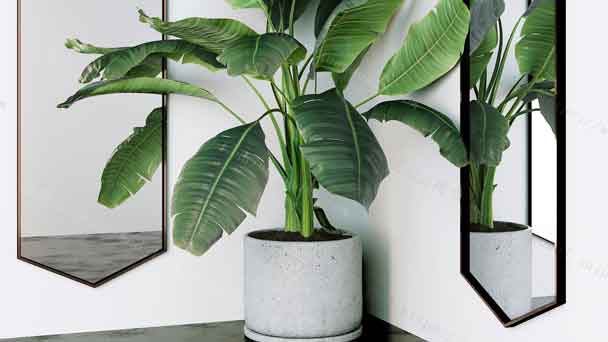
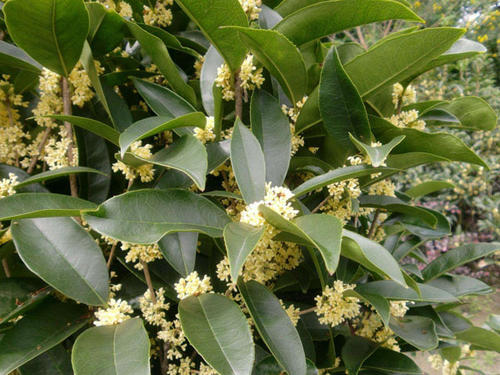
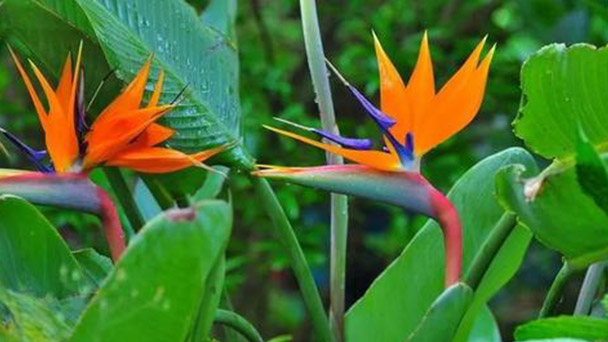
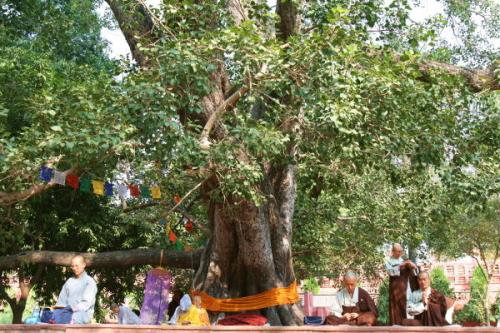
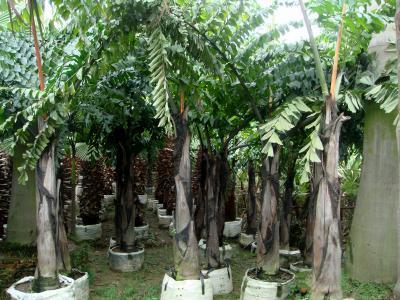
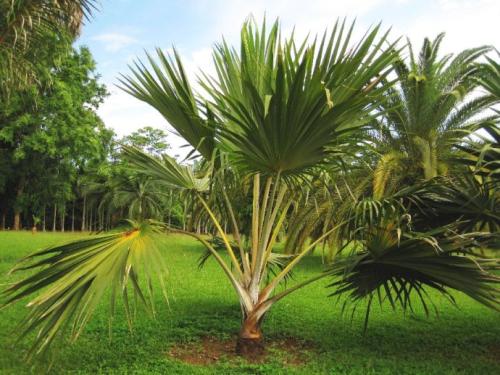
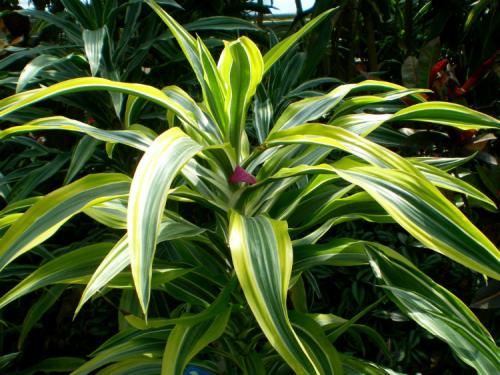
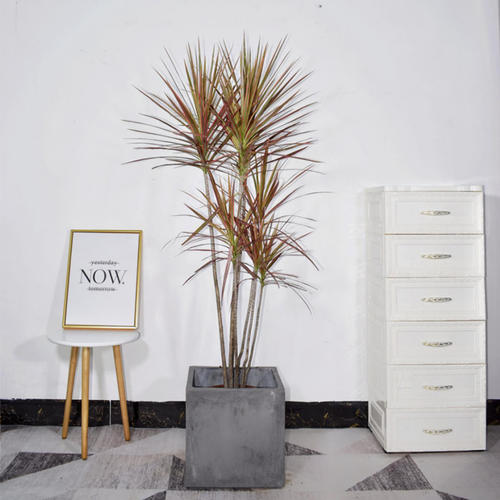
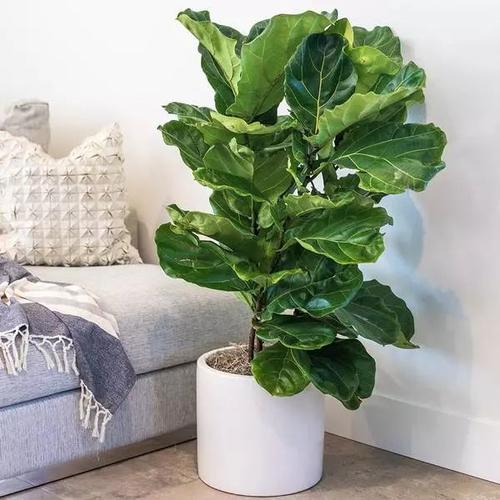
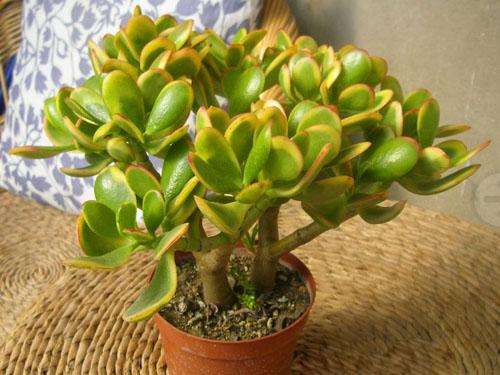
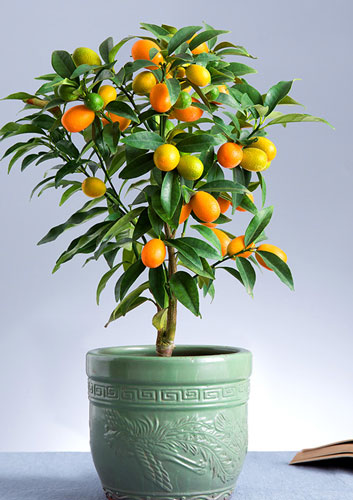
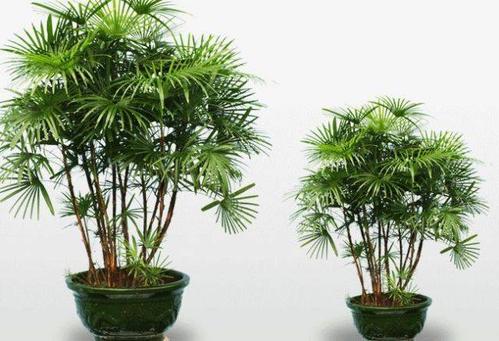
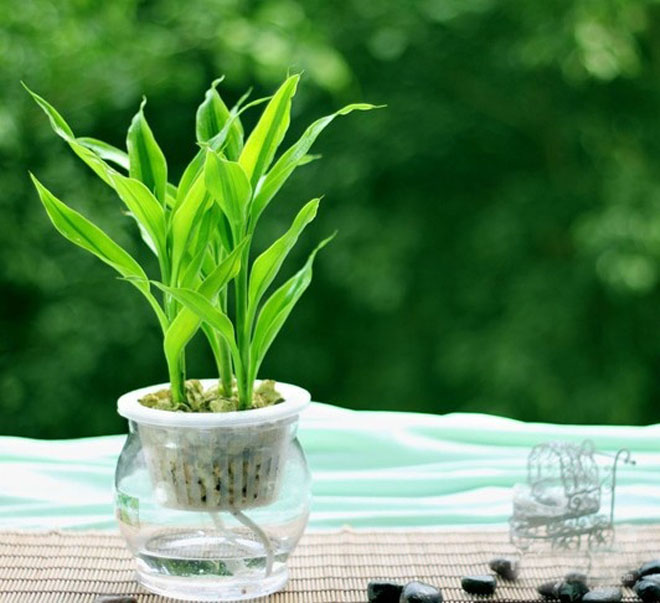
2.jpg)
